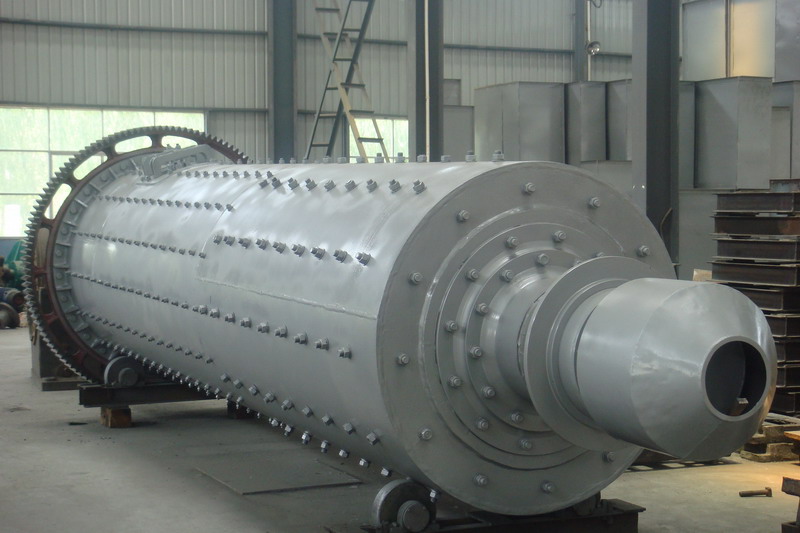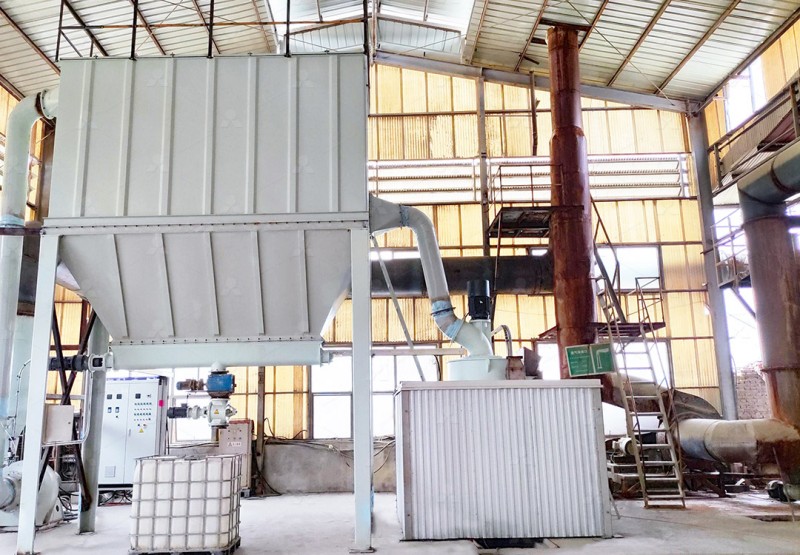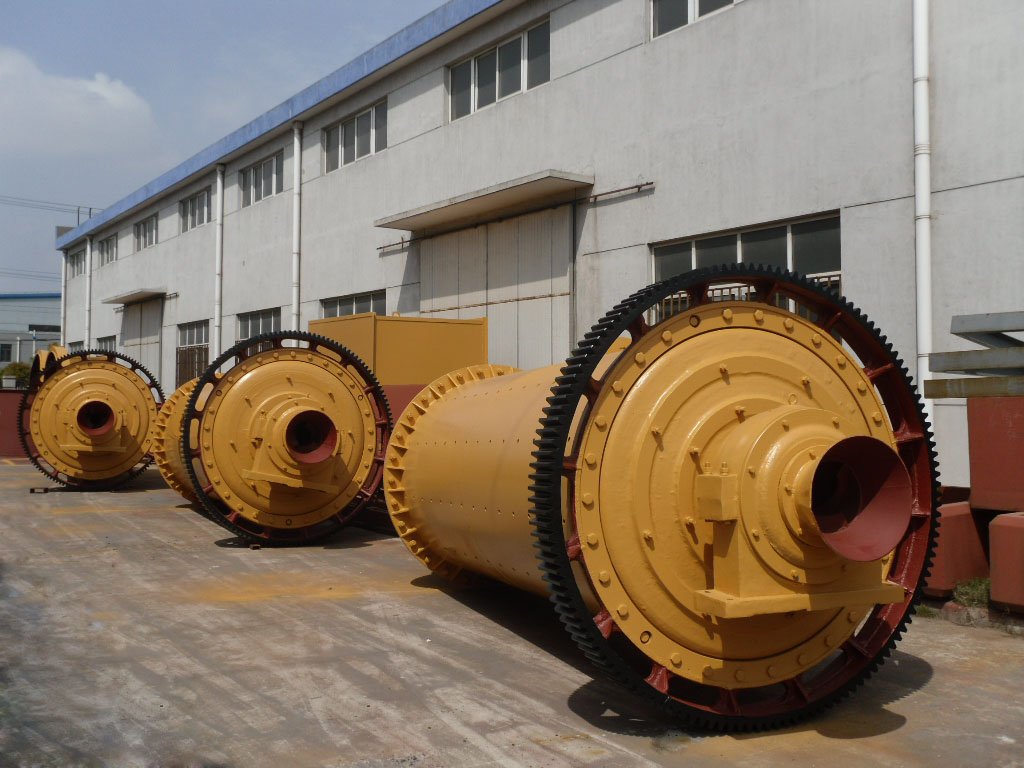How to Calculate Heat Generation in a Ball Mill for Efficient Milling Operations
We provide a wide range of mills — including Raymond mill, trapezoidal mill, vertical mill, ultrafine mill, and ball mill, obtained ISO9001 international quality certification, EU CE certification, and Customs Union CU-TR certification. Suitable for processing minerals such as limestone, phosphate, quicklime, kaolin, talc, barite, bentonite, calcium carbonate, dolomite, coal, gypsum, clay, carbon black, slag, cement raw materials, cement clinker, and more.
The discharge range of these mills can be adjusted to meet specific processing needs, typically from 80-400 mesh, 600-3250 mesh, and can achieve the finest particle size of up to 6000 mesh(D50).
If you are looking for a reliable grinding solution to turn stone or minerals into fine powder, please feel free to contact our online customer service.
How to Calculate Heat Generation in a Ball Mill for Efficient Milling Operations
Heat generation in a ball mill is a critical factor that directly impacts milling efficiency, product quality, and equipment longevity. Excessive heat can lead to premature wear of components, thermal degradation of sensitive materials, and even unsafe operating conditions. Understanding and calculating this heat is therefore paramount for any milling operation aiming for peak performance.
Primary Sources of Heat in Ball Milling
The heat generated during ball milling originates from several key processes:
- Impact and Friction: The primary source is the mechanical energy input from the rotation of the mill. This energy is converted into heat through the impacts between grinding media (balls) and the material, as well as the friction between balls, between balls and the liner, and between particles themselves.
- Material Transformation: Some energy is consumed in breaking chemical bonds and creating new surfaces during the size reduction process, with a portion of this energy also being released as heat.
- Motor and Drive Inefficiencies: Heat is generated by the mill’s motor, bearings, and gearbox due to electrical and mechanical losses.

A Basic Framework for Heat Calculation
While a precise calculation requires complex thermodynamic modeling, a practical estimate can be derived from the energy balance. A significant portion of the electrical energy consumed by the mill’s motor is converted into heat within the milling chamber.
A simplified approach is to use the following formula:
Q ≈ P * t * η
Where:
Q = Total heat generated (Joules)
P = Electrical power input to the motor (Watts)
t = Milling time (Seconds)
η = Fraction of energy converted to heat (typically 0.8 – 0.95 for dry grinding)
For example, a mill drawing 100 kW of power running for 1 hour (3600 seconds) with an estimated 85% efficiency would generate approximately:
Q = 100,000 W * 3600 s * 0.85 ≈ 306,000,000 Joules of heat.
Beyond the Ball Mill: The Modern Approach to Efficient Milling
While managing heat in traditional ball mills is possible with cooling systems, a more effective strategy is to adopt modern milling technology designed for higher efficiency and lower heat generation from the outset. This is where our advanced grinding solutions offer a significant advantage.

For operations requiring ultra-fine powders with minimal thermal impact, our MW Ultrafine Grinding Mill is an exceptional choice. Engineered for higher yielding and lower energy consumption, it directly addresses the root cause of heat generation. Its innovative design features new grinding curves for the roller and ring that enhance efficiency, achieving production capacity 40% higher than jet mills while reducing system energy consumption by up to 70%. This massive reduction in energy input directly translates to significantly less waste heat generated per ton of product.
Furthermore, its cage-type powder selector allows for precise fineness adjustment between 325-2500 meshes, ensuring you get the exact product you need without over-grinding, which is another common source of excess heat. The absence of rolling bearings and screws in the grinding chamber also eliminates internal friction points that contribute to heat buildup, ensuring cooler, more stable, and worry-free operation.
Conclusion
Calculating and managing heat is essential for efficient ball milling. By understanding the primary sources and using basic energy calculations, operators can mitigate negative effects. However, for truly efficient, high-quality, and cooler milling operations, upgrading to advanced technology like our MW Ultrafine Grinding Mill provides a superior solution, turning the challenge of heat generation into a benchmark of efficiency.

